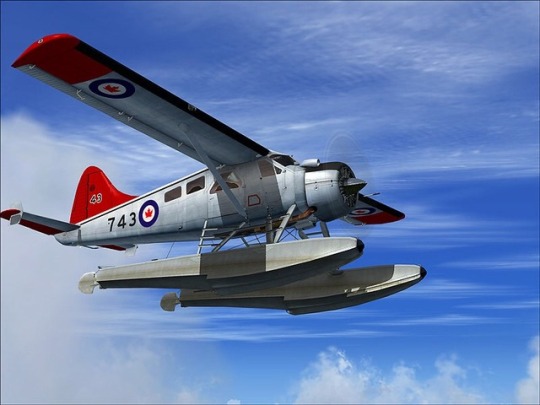#dhc norseman
Explore tagged Tumblr posts
Photo

DE HAVILLAND BEAVER: Great Canadian Design 7 The workhorse that opened the great white north. The de Havilland Canada DHC-2 Beaver is a single-engined high-wing propeller-driven short takeoff and landing (STOL) aircraft developed and manufactured by aircraft company de Havilland Canada. It has been primarily operated as a bush plane and has been used for wide variety of utility roles, such as cargo and passenger hauling, aerial application (crop dusting and aerial topdressing), and civil aviation duties. Following the end of the Second World War, de Havilland Canada's management team, recognising that there were would be a corresponding downturn in military orders in the immediate post-war climate, decided to focus the company's energies upon finding work within the civilian sector. The company had recently hired Punch Dickins as Director of Sales; Dickins carried out an extensive market research program in the form of requesting and collecting feedback from other pilots, to understand what they needed in a new aircraft. It was on the basis of this information from the prospective operators themselves, as opposed to aerodynamic research or fiscal data, that the future aircraft has its origins. On 17 September 1946, de Havilland officially put together a design team consisting of Fred Buller, Dick Hiscocks, Jim Houston and W. Jakimiuk, led by Phil Garratt. The new aircraft was designed to be all-metal (unlike older designs, like the famous Noorduyn Norseman), using "steel from the engine to the firewall, heavy aluminum truss frames with panels and doors throughout the front seat area, lighter trusses toward the rear and all monocoque construction aft". At the time, de Havilland Canada was still a British-owned company and there were plans to fit the evolving design with the British de Havilland Gipsy engine. As a result of its comparatively limited power, the wing area was greatly increased in order to maintain STOL performance. When Pratt & Whitney Canada offered to supply war-surplus 450 hp (340 kW) Wasp Junior radial engines at a low price, the aircraft ended up with extra power as well as the original long wing. The result was unbeatable STOL performance for an aircraft of its size.
9 notes
·
View notes
